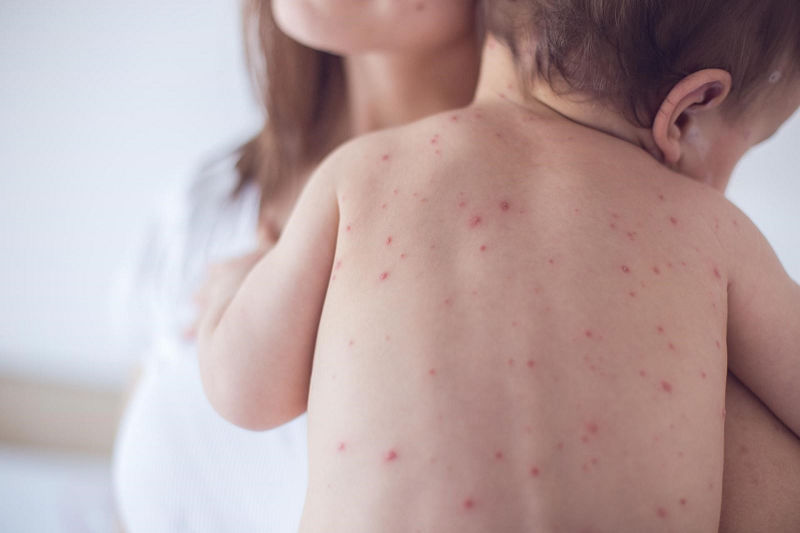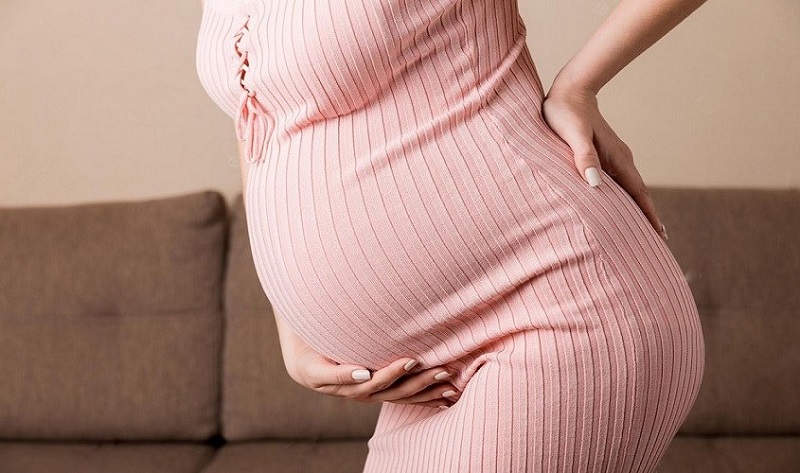Chickenpox is a common illness in children that can become life-threatening if it progresses to a severe stage. With its rapid spread and high potential for complications, it poses a significant health risk, particularly for children under five years old. Addressing key questions early on can help parents better prevent, care for, and manage pediatric chickenpox when it occurs.
1. What Are the Common Signs of Pediatric Chickenpox?
Chickenpox, also known as varicella, is caused by the Varicella-Zoster virus. Although generally considered mild, it can lead to serious complications such as pneumonia, hemorrhagic chickenpox, skin infections, and neurological issues, potentially endangering a child’s life. The incubation period for chickenpox is about two weeks, followed by the appearance of rashes. Early signs of chickenpox in children include:
– Fatigue and Reduced Activity: The first noticeable symptom is often a general feeling of fatigue and decreased activity.
– Fever: Children typically experience a high fever, ranging from 38 to 39°C (100.4 to 102.2°F), one to two days before the rash appears. This fever is often accompanied by headaches and can last up to three days. If the fever exceeds 39°C, or if the child experiences difficulty breathing or seizures, immediate medical attention is necessary.
– Rash and Blisters: The hallmark of chickenpox is a rash that begins on the face and limbs before spreading to the entire body within 12 to 24 hours. These blisters, or pocks, can be extremely itchy and may number in the hundreds. They typically burst, scab over, and heal within 7 to 10 days, often leaving scars.
– Muscle and Joint Pain: During the course of the illness, children may also experience mild to severe muscle and joint pain, along with a general sense of body aches.
– Respiratory Symptoms: Chickenpox may also cause coughing, runny nose, and a loss of appetite.

Children with chickenpox often experience fatigue, high fever, loss of appetite, and rashes.
2. How Does Chickenpox Spread and Is It Dangerous?
There are two primary ways pediatric chickenpox can spread, particularly in newborns and young children.
– Transmission from Mother to Child: If a pregnant woman contracts chickenpox, the virus can be transmitted to the fetus. During the first and second trimesters, this can increase the risk of miscarriage or lead to congenital chickenpox syndrome, which is associated with a 0.4% to 2% chance of causing birth defects like cerebral palsy, hydrocephalus, cataracts, limb atrophy, microcephaly, and optic nerve atrophy. If a mother contracts chickenpox in the third trimester, the baby may be at risk for skin infections, meningitis, nerve inflammation, septicemia, lymphadenitis, or Reye’s syndrome.
– Direct Contact: Most children contract chickenpox through direct exposure, such as inhaling droplets containing the virus or touching the fluid from a chickenpox blister. Health experts recommend that breastfeeding mothers with chickenpox isolate themselves from their infants until fully recovered. Similarly, children who attend school should stay home until all symptoms subside to prevent spreading the virus. During illness, avoid crowded places and use protective measures like masks.

Chickenpox can be transmitted from mother to child during pregnancy, so women should get vaccinated early.
3. How Long Does Chickenpox Last in Children and How Should They Be Cared For?
3.1. Duration of Chickenpox
Chickenpox progresses through four stages: incubation, onset, active phase, and recovery. The incubation stage lasts 1 to 2 weeks, often without symptoms. The illness then progresses through the active phase and recovery, which usually takes an additional 7 to 10 days. For children with weaker immune systems, the disease may last longer than two weeks.
Inadequate care and treatment can lead to secondary infections and severe complications. Parents should be aware that even after symptoms subside, the Varicella-Zoster virus can remain dormant in the body and may reactivate later in life as shingles. Therefore, it is crucial to maintain good health practices to prevent future complications.
3.2. Effective Care for Children with Chickenpox
Parents often have many questions about caring for a child with chickenpox, such as whether the child can bathe, avoid drafts, or what foods to eat or avoid. Key recommendations include:
– Hygiene: Keep your child clean by bathing them daily in warm, clean water to promote faster recovery.
– Environment: Exposure to drafts does not worsen chickenpox, but using a fan or air conditioner to maintain a comfortable, cool environment is advised.
– Diet: Provide a balanced diet rich in nutrients while avoiding fried foods, spicy dishes, and processed foods. Encourage the consumption of vitamin C-rich fruits like oranges, guavas, mangoes, and strawberries to boost immunity.
– Isolation: To prevent spreading the virus, isolate the child in a separate room and thoroughly disinfect their belongings.
– Medication: Use doctor-recommended medications to alleviate chickenpox symptoms and speed up recovery.

What fruits should children with chickenpox eat? It’s recommended to include fruits rich in vitamin C.
While chickenpox is usually not life-threatening, complications can severely impact a child’s health. To prevent pediatric chickenpox, ensure your child receives both doses of the chickenpox vaccine starting at nine months of age. Women should also get vaccinated at least three months before pregnancy to protect both mother and child. Visit TCI Vaccination Clinic for expert consultation, examination, and timely vaccinations.








